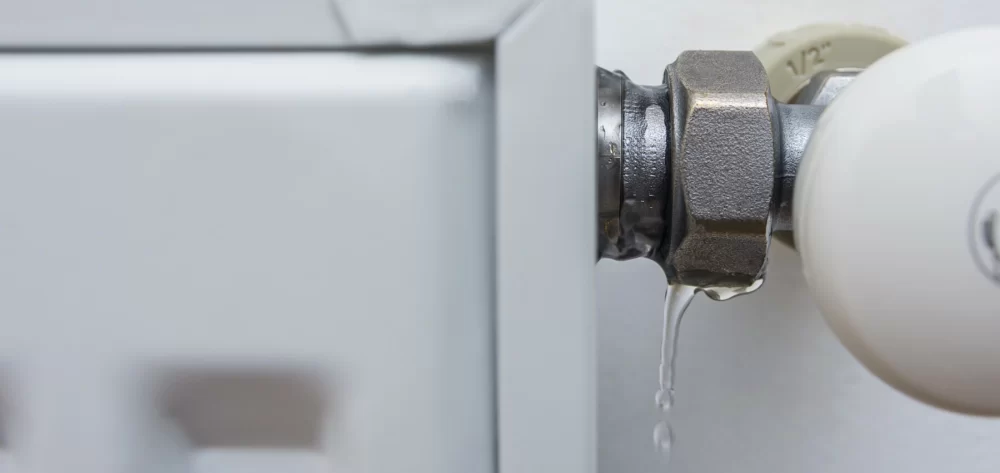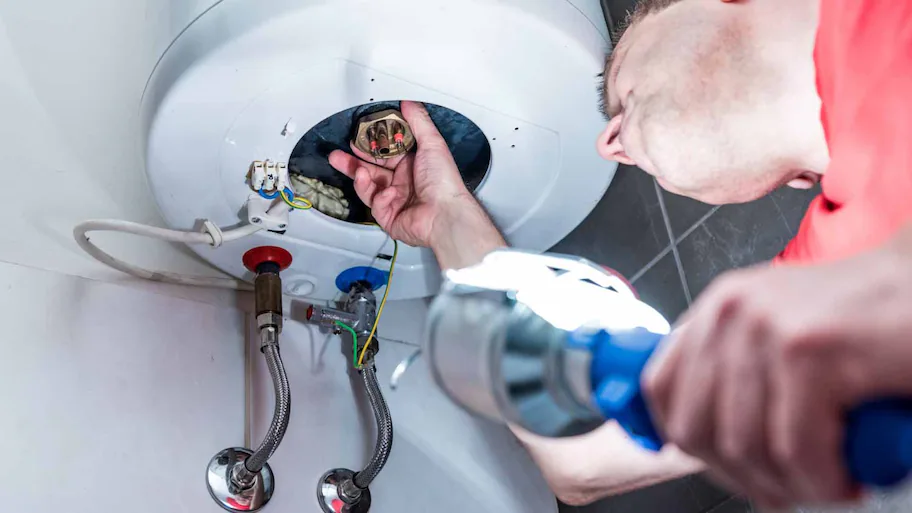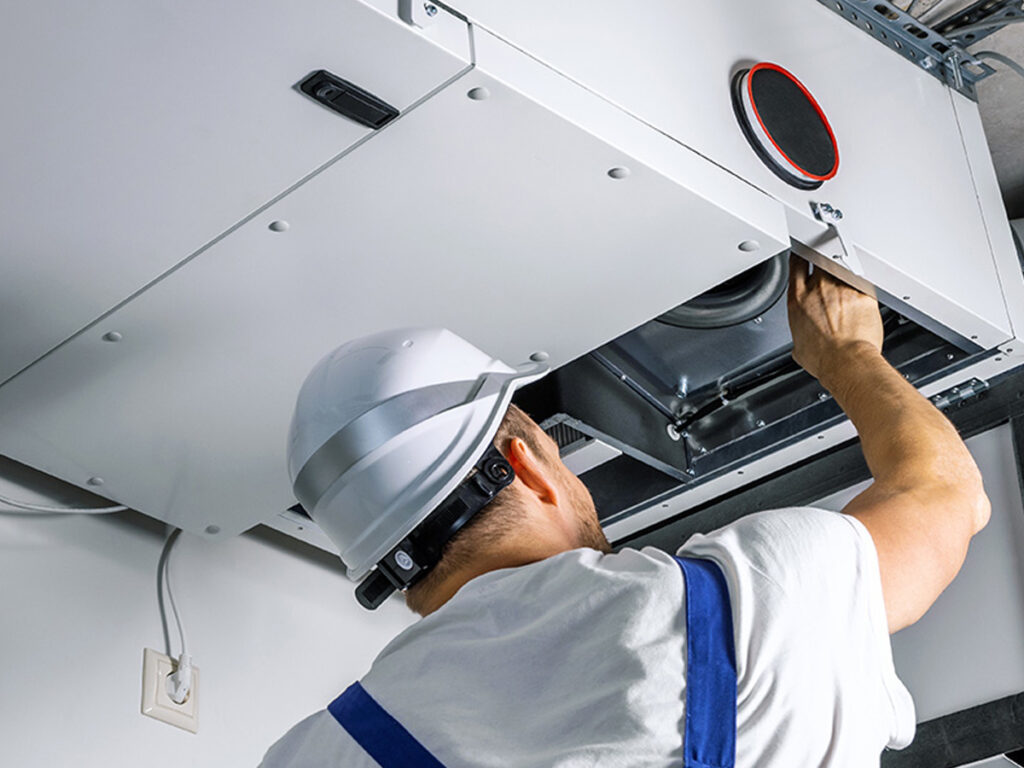A dependable hot water system is a must-have for households, especially during chilly mornings or when tackling a pile of dishes. But what happens when it stops working as it should? From cold showers to mysterious leaks, hot water system problems can disrupt your day and leave you scrambling for solutions. Fortunately, many of these issues are common and can be resolved with a bit of know-how—or the right professional help. Let’s explore seven frequent hot water system problems and practical ways to fix them.
1. No Hot Water at All
Turning on the tap and finding cold water is a common problem. This issue often stems from:
- Tripped Circuit Breaker: Power interruptions can cause the circuit breaker to trip, cutting off electricity to the system.
- Faulty Thermostat: The thermostat controls water temperature, and a malfunction can prevent heating.
- Pilot Light Issues: In gas systems, the pilot light may go out due to drafts or a faulty thermocouple.
Solution:
- For electric systems, check your circuit breaker and reset it if necessary. Persistent issues may require professional assistance to inspect the thermostat or heating element.
- For gas systems, relight the pilot light or consult an expert if you’re unsure.
If this is a recurring issue, expert help for no hot water Canberra can quickly restore your system’s functionality.
2. Leaking Tank or Connections
Leaks are not just inconvenient—they can lead to water damage and higher utility bills. Common causes include:
- Corroded Tank: Over time, the inside of the tank may rust, leading to leaks.
- Damaged Seals or Valves: Worn-out seals or faulty pressure relief valves can allow water to escape.
- Loose Connections: Improperly tightened fittings can cause small leaks.
Solution:
Inspect the tank and connections for visible leaks. Tighten any loose fittings but avoid overtightening. If corrosion is the culprit, you’ll need professional leaking hot water repair Canberra services to address the problem.
3. Water Temperature Issues
Inconsistent water temperatures—whether too hot, too cold, or fluctuating—are usually linked to:
- Malfunctioning Thermostat: A thermostat set incorrectly or not working can cause erratic heating.
- Sediment Build-Up: Minerals from hard water settle at the bottom of the tank, affecting efficiency.
- Undersized System: If your household demand exceeds your system’s capacity, you may run out of hot water quickly.
Solution:
Adjust the thermostat to the recommended setting (around 60°C for safety). Flushing the tank to remove sediment can also help. If the issue persists, consider a professional inspection to identify faulty components.
4. Low Hot Water Pressure
Low water pressure can be frustrating, especially when showering or washing dishes. Common culprits include:
- Mineral Build-Up: Hard water deposits can clog pipes and valves, restricting flow.
- Faulty Valves: Pressure relief or mixing valves that aren’t functioning properly can reduce water pressure.
- Pipe Issues: Narrow or corroded pipes may restrict water flow.
Solution:
Clean the aerators on your taps or check for blockages in the pipes. If the pressure relief valve is faulty, replacing it may resolve the problem. For complex issues, professional assistance may be required.
5. Rust-Coloured Water
Rusty water is a clear sign of corrosion in the tank or pipes. Sediment buildup can also contribute to discoloured water. Causes include:
- Corroded Tank: Over time, tanks may develop rust that contaminates the water.
- Worn Anode Rod: The anode rod, which prevents rust, may need replacement.
- Pipe Corrosion: In older homes, ageing pipes could be the source of rust.
Solution:
Flush the system to remove sediment. If the issue continues, the tank or anode rod may need replacement. In severe cases, you may need to replace hot water Canberra systems entirely to ensure clean and safe water.
6. Unusual Noises
Banging, popping, or hissing noises from your hot water system often indicate sediment buildup or trapped air. Other causes include:
- Expanding Metal: Normal expansion of the tank’s metal parts can create noises.
- Loose Heating Element: Vibrations from a loose element can produce unusual sounds.
Solution:
Drain and flush the tank to eliminate sediment. If air is causing the noise, bleeding the system can help. Persistent noises may require professional diagnosis to avoid further damage.
7. Water Smells or Tastes Odd
A sulphur-like smell or unusual taste often points to bacterial growth in the tank, especially if the system has been idle for a while. Causes include:
- Bacteria Growth: Warm water in a stagnant tank provides an ideal breeding ground for bacteria.
- Faulty Anode Rod: A deteriorated anode rod can contribute to unpleasant odours.
Solution:
Temporarily increase the water temperature to kill bacteria, then lower it back to safe levels. Replacing the anode rod can also help, as it’s designed to attract bacteria and prevent them from affecting the tank.
When to Call the Experts
While some hot water issues are manageable, others demand professional expertise. Attempting complex repairs without proper knowledge can worsen the problem or void warranties. For urgent problems, emergency hot water repair Canberra services are available to provide swift and reliable solutions.
Preventive Maintenance Tips
To keep your hot water system running efficiently:
- Schedule Annual Inspections: Regular check-ups can identify and address potential issues early.
- Flush the Tank: Draining and flushing your tank annually helps remove sediment buildup.
- Replace the Anode Rod: Doing so every 3–5 years can extend your system’s lifespan.
- Check Pressure Relief Valves: Test and replace them if needed to prevent pressure-related damage.
Hot water Canberra system problems can be a hassle, but understanding the common issues and their solutions can save you time and stress. Whether it’s a minor fix or a complete replacement, addressing problems promptly ensures your home stays comfortable and efficient year-round. For reliable repairs and maintenance, professionals are just a call away.




